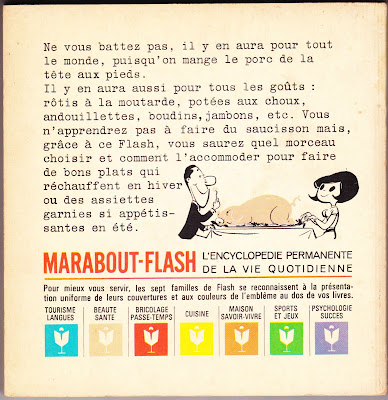The postcards must date to the 1930s, because the Publicity Commission was abolished in 1939, when the state Department of Commerce was created and the function of attracting tourists was transferred to it.
Click on any of the postcards to see a larger version. The original captions (some of which, I must say, feature some bad writing) are below each postcard.
OLD STONE HOUSE — Homesteads which have housed families for hundreds of years abound in all parts of Pennsylvania. Around most of them are historic events dating to the Revolutionary War days. In most cases few show the ravages of time and furnish interest to those loving early American architecture.
PENNSYLVANIA'S GRAND CANYON viewed from Harrison State Park in Tioga County — 20 minutes south of Wellsboro (U.S. Route 6). This reveals a section of a 50-mile gorge and is a scenic masterpiece in the Keystone State.2
HARVEST TIME in agricultural Pennsylvania. Rich, fertile, rolling ground with good drainage is ideal for farming of all kinds. The Keystone State ranks high in agriculture with splendid farms in every section.3
MOUNTAIN LAUREL4, Pennsylvania's official State Flower, is found throughout the State. In scenic Pennsylvania through the beautiful mountain trails and State Parks, mountain laurel is found in profuse displays throughout the Spring and Summer seasons.
Footnotes
1. The secondary motto of the "Pennsylvania Has Everything" campaign was "Land of Penn Invites You." My wife wrote about another piece of "Pennsylvania Has Everything" ephemera in this May 2011 Only In York County blog post.
2. An apparent misprint on this postcard also mentions the Horseshoe Curve that is located in Blair County and was once the target of the Nazis' Operation Pastorius.
3. Do you think, 80 years from now, people will write about vintage postcards of scenic fracking locations across Pennsylvania?
4. Mountain laurel is scientifically called Kalmia latifolia. It is also known as ivybush, calico bush, spoonwood, sheep laurel, lambkill and clamoun. It is poisonous to humans, horses, goats, cattle, sheep, deer and monkeys.1
Secondary footnote
1. Perhaps this is why monkeys no longer roam the hills and forests of Pennsylvania. They didn't know not to eat the mountain laurel.
































